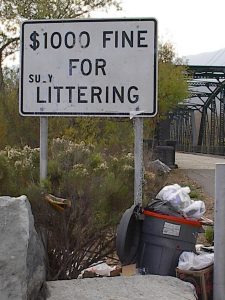
True story. While in Idaho visiting my sister, her and I decided to drive to California to see Mom and Dad. I had been driving for about 10 hours and was about 50 miles from my destination when I was pulled over by a California police officer. For nearly the entire trip the speed limit was 75 miles per hour and in a small narrow section of the highway the speed limit dropped to 50 miles per hour and I had not noticed. Needless to say, the officer gave me a speeding ticket. The issuance of that ticket raised a lot of questions, but no answers. Such as, I have a New York driver license, will this California traffic ticket have an effect on my car insurance? Will any points transfer to my NY driving record? Not knowing what to do, I paid the ticket and took a NYS safe driving course hoping that would do the trick.
Surely many other drivers have the same questions I asked when issued an out of state ticket. The good news? There are answers!
Will points be added to my NYS driving record? The short and sweet answer is no, except for traffic ticket issued in the Canadian providences of Ontario and Quebec. Also, the no points will be added rule only applies to non-commercial drivers. So, commercial drivers (CDL) be extra careful when driving in other states.
 New York Traffic Ticket Attorney Blog
New York Traffic Ticket Attorney Blog








